It seems like everyone, from the investors I meet at local meetups to the national news media, is talking about interest rates going up. In fact, I sometimes feel as if we have been talking about this for almost 10 years now. While it is certainly true that interest rates have spent an unprecedented amount of time at historic lows and, furthermore, that they are going to have to rise eventually, investors who spend too much time mired in this particular conversation will miss out on incredible opportunities available to them in today’s commercial and residential real estate markets.
In Texas, for example, the lending environment, while certainly more stringent than it was prior to the housing crash in the mid-2000s, is very “pro-lending,” for lack of a better word. I hear from banks and lenders directly on a regular basis because of my position as a commercial real estate broker in the state.
What do they want? They want to know if I have any good possible borrowers looking for funding. If you spend all of your time worrying about interest rates rising tomorrow, you may miss your opportunity to take advantage of still-low, fixed rates today.
Looking back over the course of the past year, some really clear trends have developed in the commercial real estate space:
1. Commercial “owner-occupants” began to automatically consider becoming landlords as well.
With commercial markets presently growing past what many analysts predicted for 2018, business owners who purchased commercial space for their own use have found leasing out part of that space can pay, often in full, their monthly debt obligations that come with ownership. Thanks to entrepreneurs’ innate flexible and creative thinking patterns, I have seen owners come up with all sorts of ways to lease space, from offering small areas to jewelry repairmen and diamond appraisers in an existing store to supporting startups and offering co-working opportunities.
2. Med-spas continued to evolve.
Our national healthcare system changed, likely permanently, in 2010 when the Patient Protection and Affordable Care Act (also known then as “Obamacare”) passed into law. That law has changed multiple times since and will likely continue to do so, but the changes it effected in physicians’ mindsets about their practices will live on. One way in which these mindset shifts manifested is a growing practice involving medical spas, which offer multiple health and aesthetic services. Because doctors are usually highly credit-worthy, and these businesses tend to be highly successful, banks are offering physicians incredible opportunities with highly advantageous terms if a doctor wants to consider buying commercial space for such a practice.
3. Commercial buyers became savvier about financing options.
In the past, investors often assumed that buying a commercial building was something so staggeringly difficult that they could never make the jump from leasing to owning (or, for that matter, from residential to commercial properties). Lenders often were not particularly helpful in this regard either. However, in 2018, I’ve found more and more lenders are willing to not just work creatively with investors who already have strategic financing suggestions, but they will even help investors locate sources of collateral and funding they may not have considered.
Combined with a growing awareness of ways to self-direct using retirement accounts and increased investor education about the commercial sectors, including retail, restaurants, warehouses, and office space, this trend bodes well for investors even if interest rates do head northward in the coming year.
4. Our space is responding well to pressure.
One thing I notice a lot is that many commercial investors who get bogged down in the interest-rate worry cycle spend a lot of time fretting about becoming obsolete. Whether the topic is Amazon or millennials or terrorism or interest rates, commercial investors are constantly concerned their sector is under threat. In reality, the commercial space is hugely adaptable. It has to be, considering how much it costs to build a commercial building! Just last week, I toured a single pad-site food hall with eight tenants sharing a dining area and a central bar and entertainment area, and the concept is working out perfectly. That demonstrates to a “tee” how traditional vendors are adapting to the new shared-space society and, furthermore, it demonstrates how a commercial owner has managed to raise his returns in an existing space.
Interest Rates are Just a Small Part of the Equation
It certainly seems likely that interest rates on commercial loans will rise in the future. In fact, they are rising already. However, it is vitally important that investors remember that interest rates alone do not make or break a deal. In some cases, they may affect what type of property you choose to purchase or how you leverage your ownership of that property once it is under your control. In some investors’ cases, interest rates may affect their short-term strategies in commercial real estate, especially if they often find deals for specific clients who may have broader-reaching policies that react when interest rates rise or if they do a lot of “flipping” in the space.
Whatever your strategy, the best move is to remain informed about interest rate movements but not permit yourself to become mired in the discussion. Instead, focus your energy on evolving with the market and generating the best returns for yourself and, if it applies, for your clients and customers, and the interest rates will take care of themselves.




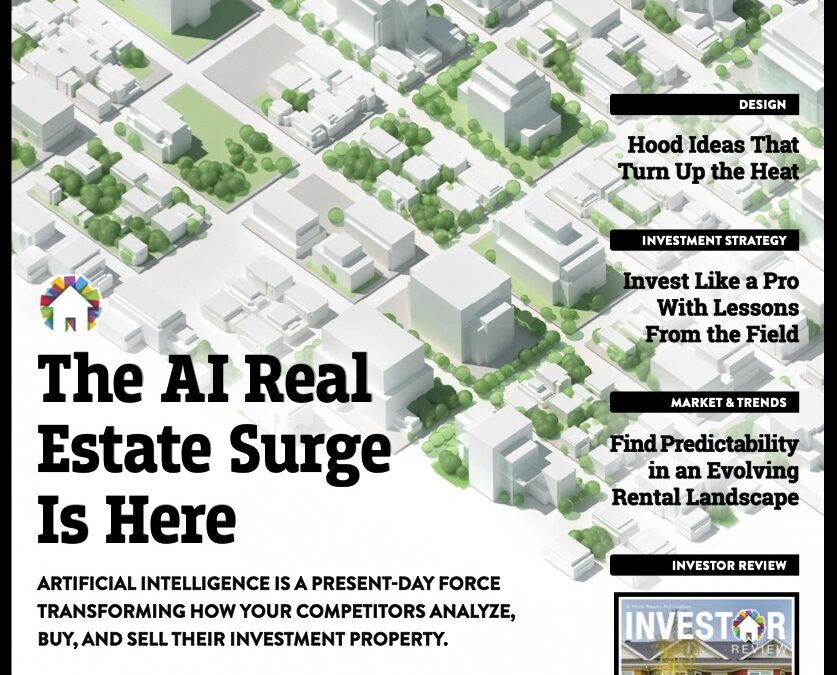
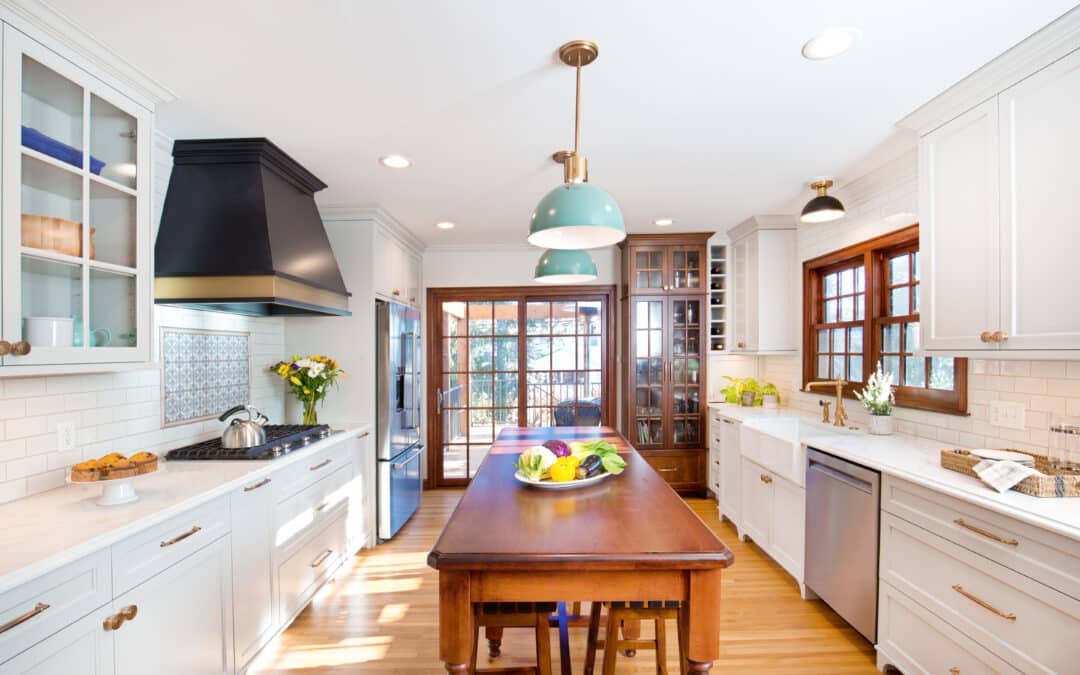

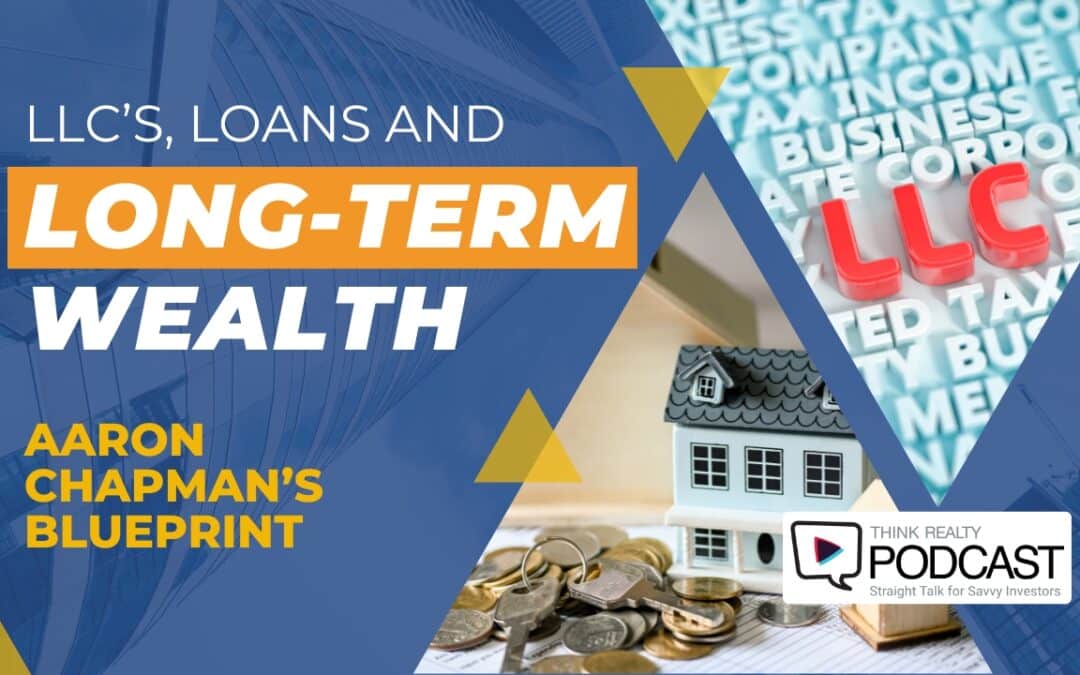


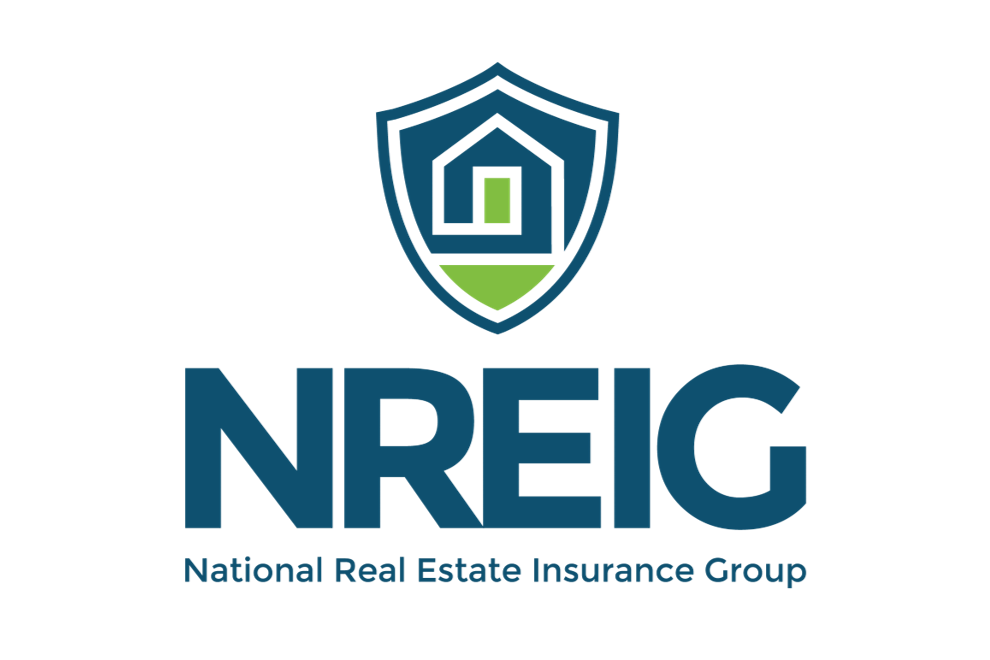



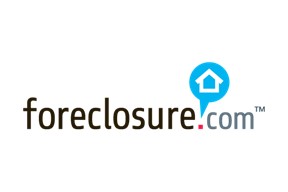
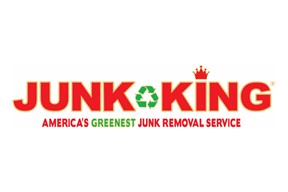

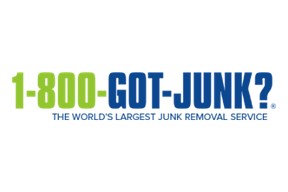

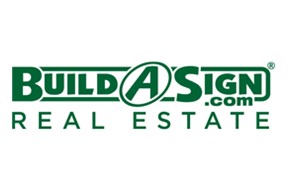
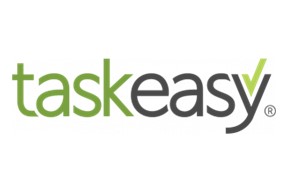

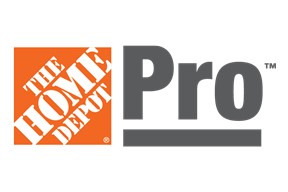

0 Comments